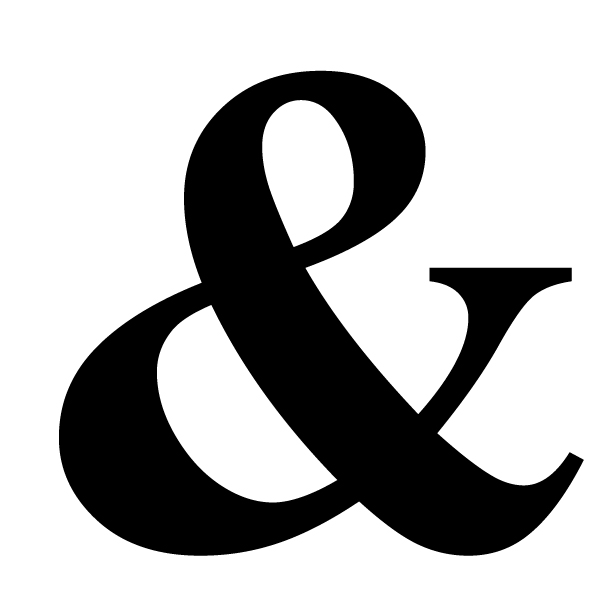
Introduction
The ampersand is a symbol that has been used for centuries in writing and on the internet. It’s important to be familiar with this symbol because it can be used for so many different purposes! Here, we’ll look at everything you need to know about this famous typographical symbol—from its history to its current usage today AND SYMBOL.
The ampersand is grammatical conjunction, meaning it links words of a sentence together.
The ampersand is grammatical conjunction, meaning it links the words of a sentence together. It’s used to link two or more words such as: “I love my dog,” and “I am hungry.” In this example, the first word in each pair is connected by an ampersand symbol.
In some instances, however, writers use the technical term “ampersands” when referring specifically to the combination of letters in an abbreviation. AND SYMBOL, For example, LegalZoom uses an ampersand instead of the phrase “legal & economic rights.”
The symbol & is believed to have derived from the 7th century A.D., stemming from the Latin word et, meaning and.
The symbol & is believed to have derived from the 7th century A.D., stemming from the Latin word et, meaning and. The symbol was later adopted by other languages such as English, French, and German. It can be found in many places today, including on social media platforms like Facebook and Twitter, AND SYMBOL.
The use of this symbol has been around since before we had computers or smartphones: it first appeared on paper documents written in black ink on parchment scrolls that were used during medieval times when books were written by hand (and sometimes even burned).

For example, in the sentence “Jane & John are going to the movies”, Jane and John are linked as one unit, referring to both of them together.
For example, in the sentence “Jane & John are going to the movies”, Jane and John are linked as one unit, referring to both of them together. This is an example of a compound subject: it’s made up of two parts connected by a conjunction (and). The second part can be called the complement or secondary object AND SYMBOL.
For example:
“` if you want to say that one thing is doing something else with another thing then you use verbs like `do` or `have done or `have been doing. These verbs take two objects they are talking about so they must be followed by their subjects (elements). You can use them with nouns too!“`
In ancient Roman times, the ampersand was used as the 27th letter in the alphabet, after zeta; this later became known as et.
The ampersand (&) is a Latin ligature of it, the letter that was used in the Roman alphabet as the 27th letter. It came to be used as a logogram for the word “and” because it was often paired with its opposite number, not just two but more like nine different symbols AND SYMBOL.
In ancient Rome, it was used as a symbol for and (et meant “and”) and represented two things that were joined together. So when you see an ampersand today it means there are two elements being combined—like here:
- = I love pizza; I also love pie.*
In English-speaking countries, it is still sometimes referred to as “ampersand” or “ampersand symbol”.
In English-speaking countries, it is still sometimes referred to as “ampersand” or “ampersand symbol”. The word ampersand originates from the Latin et and Anglo-Saxon and Middle English word ending -sand (meaning “to”) AND SYMBOL.
In some contexts, the term may be used to refer to both a typeface and its glyph. The word is also used in other languages such as French, German, Spanish, Portuguese, and Italian where it can be translated as “and”, although usually only the capital letter A is used for this purpose AND SYMBOL.

However, in some languages such as French and Spanish, the word that corresponds to our ampersand is simply called “et” (in other words, for example, “Sophie et Pierre” means Sophie and Pierre).
However, in some languages such as French and Spanish, the word that corresponds to our ampersand is simply called “et” (in other words, for example, “Sophie et Pierre” means Sophie and Pierre).
The ampersand symbol is also known as “ampersand,” or “ampersand symbol.” The term “ampersand” was first used in 1556 by William Bullokar of Boston (who was a minister), but today it tends to refer specifically to its use in writing letters. The Latin word per se means “for itself” or “by itself,” so when we use this symbol on top of another character like an ‘e’ or ‘t’, we’re telling ourselves not only what comes after but also how something works together with another thing – whether they live together or not!
In casual correspondence, people may use a shortened version of “&”, simply writing “&” rather than spelling out “and”.
The ampersand, also known as “&” or et cetera, is a symbol of unity. It can be used to show that two things are the same or different.
In casual correspondence, people may use a shortened version of “&”, simply writing “&” rather than spelling out “and”. In this case, it would look like this: & instead of &; and therefore implying that there are two entities being combined into one single entity (e.g., “Hello world”). The letter E is sometimes used as an alternative for & in text messages such as WhatsApp Group Chats because both letters look similar when written vertically above each other on smartphones and tablets with large screens like iPhones!
The ampersand is a simple symbol that can be used for a variety of official and informal purposes.
The ampersand is a simple symbol that can be used for a variety of official and informal purposes. It is used in both traditional and modern styles of writing, but its use varies greatly depending on the context of your text.
In formal documents, such as business letters or legal contracts, you will typically see this symbol is written as <> or &lt;> (the latter being preferred in most cases). This means “and” when pronounced out loud: “I want my lunch, too.” However, it also denotes conjunction meaning “and/or,” which makes sense since it works well with other symbols like brackets and hyphens. In informal writing (such as casual emails), the ampersand often appears between two words that have been separated by hyphens: “I’ll bring iced tea when I come over.”
Conclusion
The ampersand is a useful symbol that can be used in so many different ways. This simple symbol has been around since the 7th century and continues to be used today to represent everything from linguistic connotations to commercial brands.



